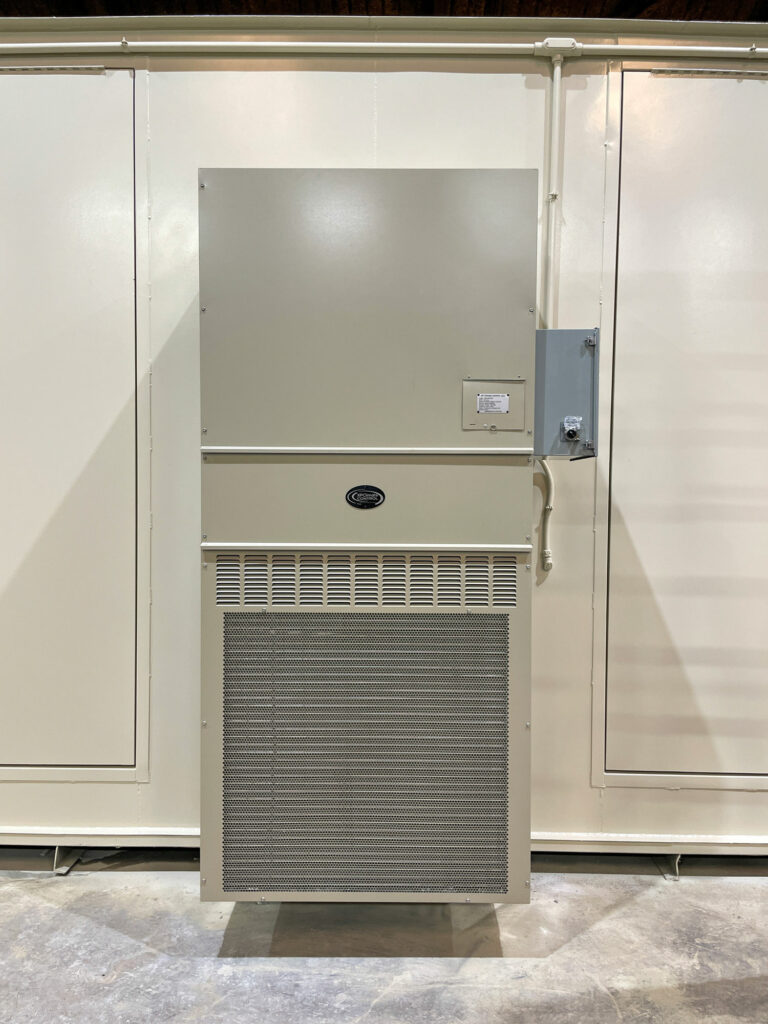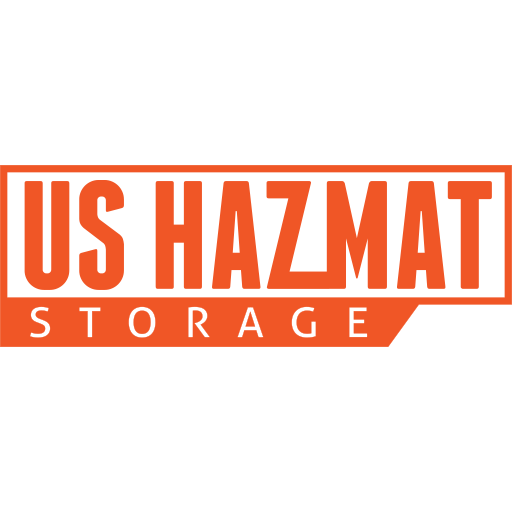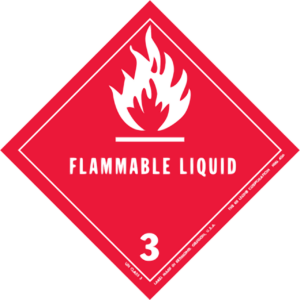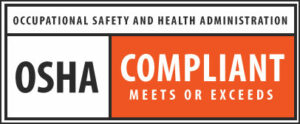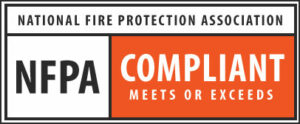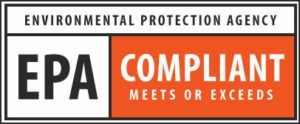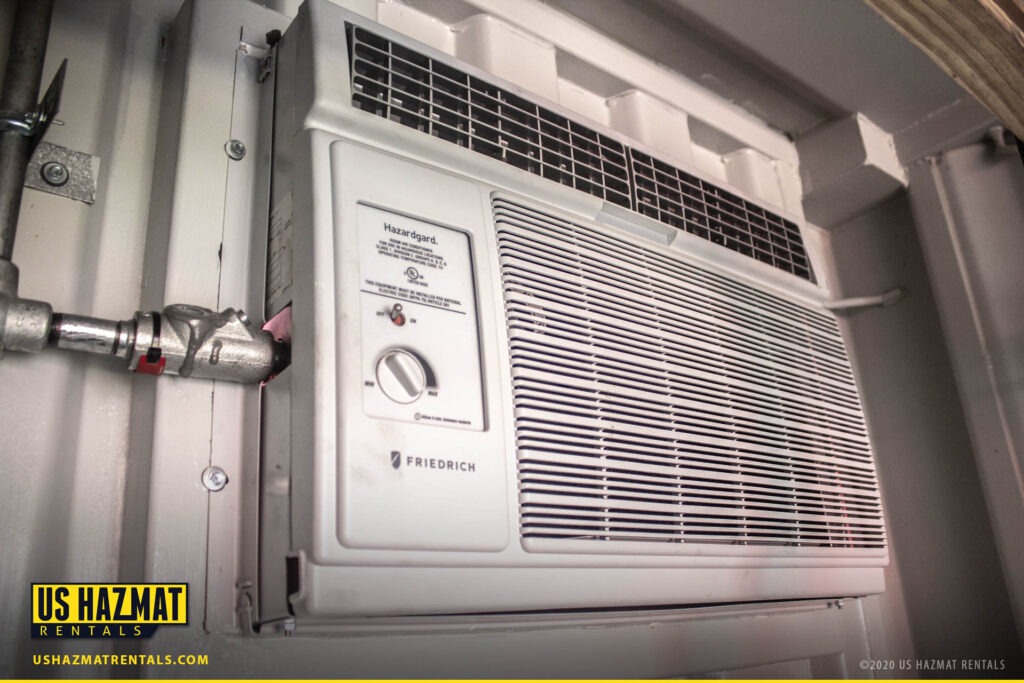
Why Climate-Controlled Storage Matters for Hazardous Materials
1. Preserving Chemical Integrity
Virgin materials—including solvents, resins, adhesives, acids, bases, and cleaning agents—are highly sensitive to temperature. Fluctuating or excessive heat can degrade chemical structure, reduce efficacy, cause phase changes (such as solidification or evaporation), and alter reactivity.
For instance:
- Toluene, a common industrial solvent (NFPA 704: Flammability Rating 3), begins to volatilize at 40°C (104°F), which can increase flammable vapor concentration if not ventilated.
- Hydrogen Peroxide (H₂O₂) must be stored below 30°C (86°F) to avoid decomposition, which can cause rapid pressure buildup and fire risk.
- MEK (Methyl Ethyl Ketone) is highly volatile and ignitable, requiring cool, ventilated, temperature-controlled environments.
Proper thermal regulation maintains chemical purity and extends shelf life, reducing inventory waste and safety hazards.
2. Preventing Combustion or Flashpoint Exceedance
Many flammable liquids and materials possess low flash points, meaning they emit ignitable vapors at relatively low temperatures. If storage areas reach or exceed these temperatures, a single spark or static discharge could trigger a catastrophic fire or explosion.
Examples of flash points:
Chemical | Flash Point | Classification |
| Acetone | -20°C (-4°F) | Highly Flammable |
| Ethanol | 16°C (61°F) | Flammable Liquid Category 2 |
| Gasoline | -43°C (-45°F) | Extremely Flammable |
| Isopropanol (IPA) | 12°C (53.6°F) | Flammable Liquid Category 2 |
Climate-controlled storage maintains interior temperatures below the flash point of the stored material, minimizing ignition risk.
3. Regulatory Compliance with Federal Safety Standards
OSHA (Occupational Safety and Health Administration)
OSHA mandates temperature control and ventilation for chemical storage under several regulations:
- 29 CFR 1910.106 – Flammable liquids: Requires storage in properly ventilated and temperature-controlled facilities for certain quantities and categories.
- 29 CFR 1910.1450 – Occupational exposure to hazardous chemicals in laboratories: Temperature-sensitive chemicals must be stored in compliance with manufacturer and SDS guidelines.
- 1910 Subpart H – Hazardous Materials: Reinforces general requirements for safe storage environments.
NFPA (National Fire Protection Association)
The NFPA provides industry-leading fire safety standards:
- NFPA 30 – Flammable and Combustible Liquids Code
Specifies safe temperature thresholds for Class I, II, and III liquids.
Outlines design requirements for indoor and outdoor flammable liquid storage, including heating, cooling, and ventilation systems. - NFPA 400 – Hazardous Materials Code
Requires environmental controls for the storage of reactive and flammable materials.
Sections on oxidizers and organic peroxides demand strict thermal management. - NFPA 1 – Fire Code
Incorporates mandates for heating, ventilation, and safety signage for hazardous material storage areas.
EPA (Environmental Protection Agency)
EPA compliance focuses on environmental impact:
- 40 CFR 264.175 – Requires secondary containment and protection from temperature extremes for hazardous waste storage areas.
- 40 CFR Part 112 – SPCC (Spill Prevention, Control, and Countermeasure Rule)
Applies to facilities storing flammable liquids in large volumes. Temperature regulation helps reduce vapor losses and environmental exposure.
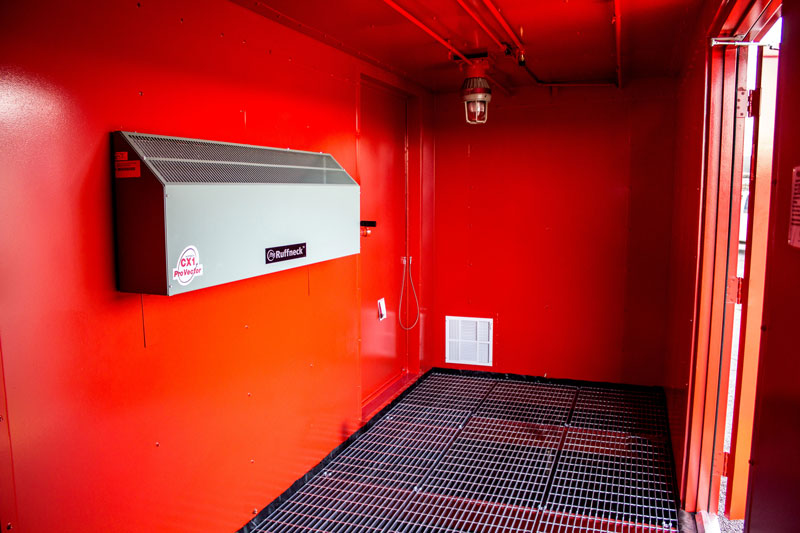
Climate-Controlled Storage Applications for Flammable Material Safety
US Hazmat Storage buildings integrate temperature control and fire-rated protection for:
1. Virgin Chemical Storage
- Pure solvents and base materials used in industrial manufacturing
- Epoxy resins and hardeners used in coatings and adhesives
- Monomers and polymers used in plastics production
2. Paints, Coatings & Thinners
- Store aerosol cans, spray coatings, and flammable solvents
- Temperature control prevents vapor buildup and pressurization
3. Laboratory Chemicals
- Reagents and volatile mixtures used in research or pharmaceutical work
- Precision climate control ensures compound integrity and safety
4. Battery Manufacturing Components
- Organic electrolytes and lithium-based chemicals require dry, cool environments
- Prevent thermal runaway or degradation of reactive metals
5. Fuel and Lubricant Storage
- Diesel, kerosene, and aviation fuels demand low-temp environments
- Flammable grease and oils may self-ignite without thermal regulation
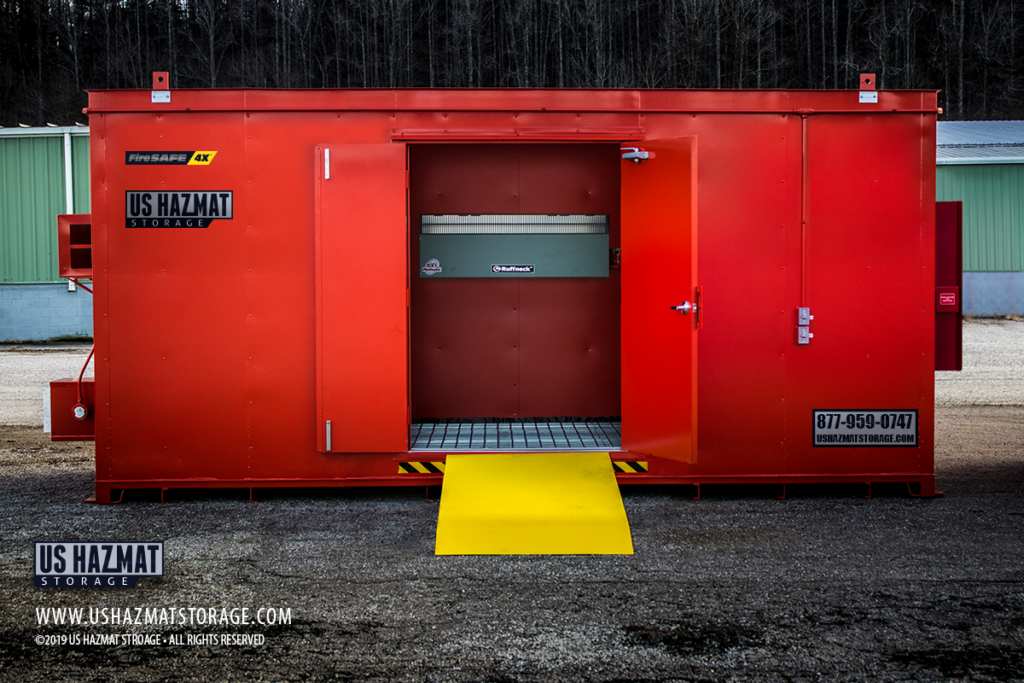
Engineering Features of Our Climate-Controlled Storage Buildings
Our prefabricated climate-controlled buildings feature:
- 4-hour fire-rated wall and ceiling assemblies (ASTM E119 tested)
- Explosion-proof HVAC and ventilation systems
- Interior and exterior temperature sensors with programmable thermostats
- Secondary containment sump flooring for spill control
- Class I Div I or Div II electrical packages for hazardous locations
- Insulated panel construction with weather-sealed doors
- Emergency ventilation and fusible link release systems
- Remote temperature monitoring and alerts available
Each unit is built to meet the specific material compatibility and safety needs of your operation.
Frequently Asked Questions (FAQs)
What temperature range is required for climate-controlled chemical storage?
This varies by material but most flammable liquids must be stored between 40°F – 75°F (4°C – 24°C) to maintain safety and chemical integrity. Refer to the SDS (Safety Data Sheet) for each chemical’s exact storage range.
Do I need climate-controlled storage for Class I flammable liquids?
Yes. Class I flammable liquids have flash points below 100°F (37.8°C) and can ignite at room temperature. Climate control helps prevent vapor pressure buildup and ignition, especially in warm environments.
What happens if flammable liquids exceed their storage temperature?
Exceeding recommended storage temperatures can result in:
- Increased vapor emissions and pressure
- Accelerated chemical degradation
- Reduced product effectiveness
- Greater fire and explosion risk
In worst-case scenarios, spontaneous combustion or container rupture may occur.
Are climate-controlled hazmat buildings compliant with OSHA and NFPA?
US Hazmat climate-controlled buildings are engineered to meet or exceed:
- OSHA 1910.106, 1910.1450
- NFPA 30, NFPA 400, NFPA 1
- EPA 40 CFR 264.175 and SPCC regulations
We also offer third-party reviewed fire testing and stamped engineering documents to assist with permitting and inspection.
Can I store chemicals indoors with climate control?
Yes, we manufacture indoor-use chemical storage buildings that include:
- Explosion-proof ventilation
- Fully self-contained fire suppression
- Forkliftable platforms or skids
- Battery backup lighting systems
These are often used in production areas or laboratories.
Can your buildings be used in cold climates?
Absolutely. Our climate-control systems include:
- Heating units (electric, HVAC, explosion-proof)
- Insulated wall/roof panels
- Sealed construction to prevent condensation and freezing
These features ensure stable temperatures even in northern climates or remote oil and gas sites.
Summary: Safe, Compliant, Climate-Controlled Storage for Flammable Materials
Flammable material storage is not just about containing chemicals—it’s about controlling the environment to avoid catastrophe. Without proper climate regulation, flammable and reactive chemicals pose serious risks to personnel, property, and operations.
US Hazmat Storage offers fully engineered, code-compliant climate-controlled storage buildings that mitigate these risks. Whether you’re storing virgin materials for high-precision manufacturing or managing large volumes of industrial solvents, our team will ensure your storage solution aligns with OSHA, NFPA, and EPA mandates.
